
views
X
Research source
Identifying Habitat, Bark, and Leaves

Look for a 9 to 12 ft (2.7 to 3.7 m) tall shrub. Elderberry most commonly grows in a bushy, shrub-like pattern. They often start at a small base in the ground and then billow outwards. Mature elderberry plants can range from 9 to 12 feet (2.7 to 3.7 m) tall. Elderberry can also grow in a small, single-stem tree pattern, but that is much less common. European elderberries can grow to up to 20 feet (6.1 m) tall.
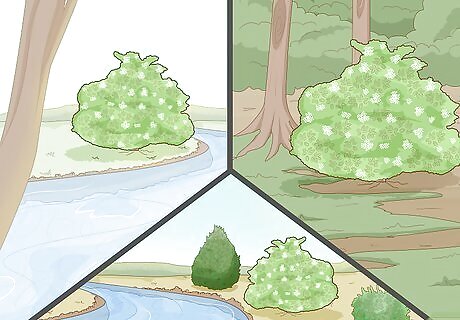
Search for elderberry in the banks of streams, marshes, or moist forests. Elderberry plants love to grow in moist habitats that have a lot of drainage. If you think you are looking at an elderberry but you aren’t quite sure, check to see if you are near a stream or if the soil is moist or damp. Elderberry is native to most of North America and Europe, and can also be found in some parts of South America.
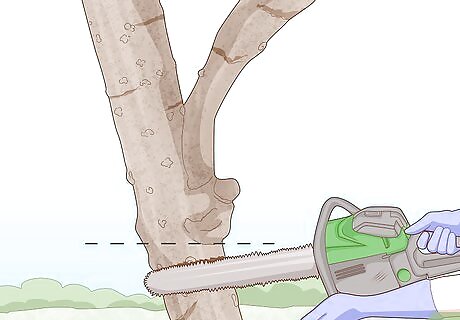
Spot woody brown bark that gets harder with age. New growth on an elderberry plant is smooth and brown, but it gets harder and more wood-like later on. Check large plants for woody brown bark that feels tough and is hard to bend. The oldest part of the plant will most likely be toward the base. If you break a younger branch you will often find it is soft or hollow in the middle. Old growth on an elderberry plant will need a tool to cut through it, like loppers or a saw. The elderberry plant can look similar to a water hemlock, but a water hemlock has a green stem with purple streaks, not woody brown bark. Water hemlock is poisonous and should not be eaten.
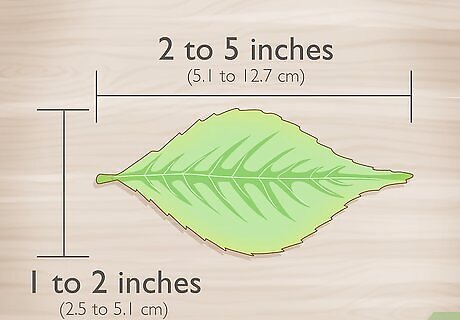
Find long, pointed, light green leaves that have serrated edges. The leaves of the elderberry plant are light green and can be anywhere from 2 to 5 inches (5.1 to 12.7 cm) long and 1 to 2 inches (2.5 to 5.1 cm) wide. Feel the edges of the leaves to see if they are finely serrated and check for a thin point at the end of the leaves.Tip: If you touch the leaves, they may be slightly hairy.
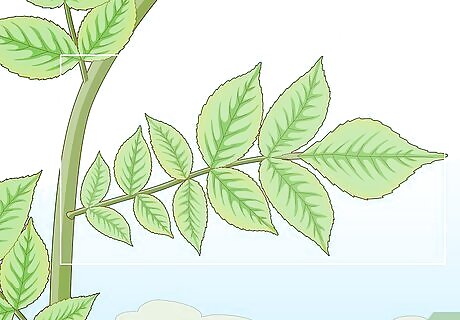
Look for groups of 5 to 11 leaves that grow opposite from each other. The leaves of an elderberry plant grow in groups of 5 to 11 on 1 branch. They grow opposite from each other, meaning that 2 leaves grow directly across the branch from each other out of the same node. A cluster of 7 leaves on 1 branch is the most common.
Finding Flowers and Fruit
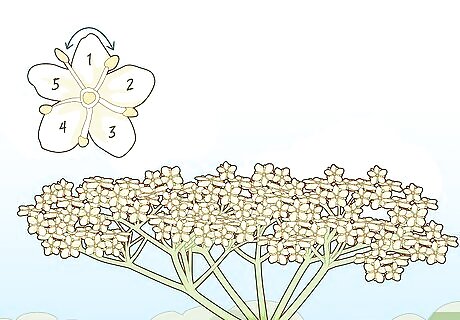
Find small, white flowers with 5 rounded petals that bloom in the summer. One of elderberry’s most identifying traits is its flowers that bloom on the ends of branched stalks (like the head of a cow parsnip). In July and August, the elderberry plant explodes in small, white-colored flowers that most often have 5 petals. They are usually ⁄4 in (0.64 cm) wide with 5 small stamens, or long skinny stalks, at the top. When in bloom, the elderberry plant creates a stark contrast between the green leaves and the white flowers. European elderberries bloom a few months earlier than American elderberries.
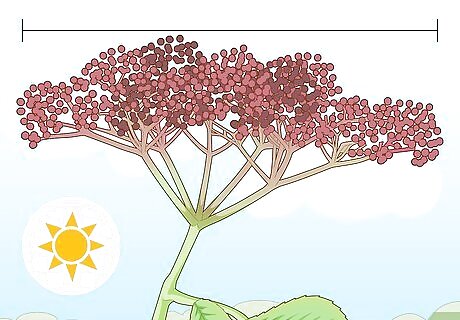
Watch for flat clusters of flowers in the summer. Elderberry flowers don’t grow individually. Instead, they form clusters at the top of the elderberry plant that create a “flat” effect. From far away, these clusters can look like large, individual flowers. The “flat” effect is created because the tops of each flower is flat. When they are grouped together, this look becomes more prominent.

Identify purple or black fleshy fruit in the late summer. Elderberry plants produce elderberries in July and August that look rather like black currants. This fruit grows in clusters of 10 to 20 and each individual fruit is less than ⁄4 in (0.64 cm) wide. As the fruit matures, the branches will bend from their weight.Tip: Elderberries are edible and are often used in recipes and homeopathic remedies. Red elderberry bears bright red fruit. Aralia plants also bear purple, fleshy fruit that can look similar to elderberries. If the plant has spikes or thorns on the stems and branches, it is most likely an aralia plant and you should not eat the berries since they are mildly poisonous.










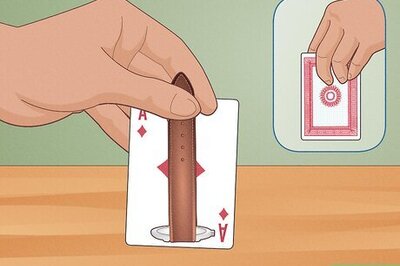






Comments
0 comment